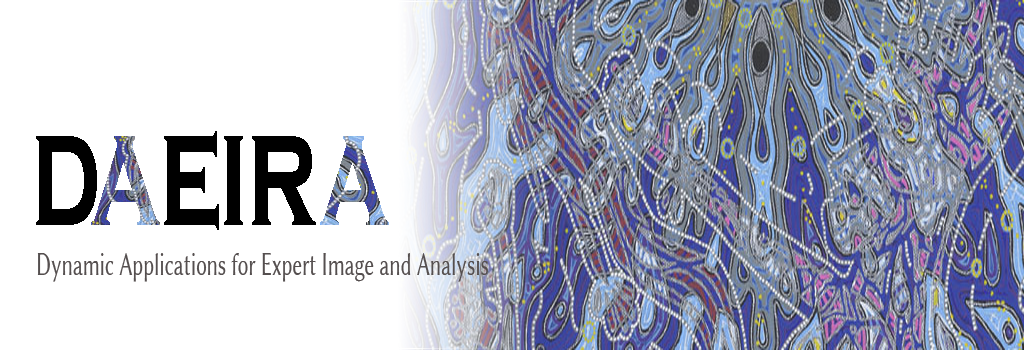Services

20/07/2017
Aproximate 2D and 3D point set match
http://bioinformatics.charite.de/superimposeAssociated project: Determination of reproductive parameters in fish by computer vision
Read more
Approximate point set match is the task to align a search pattern represented by a set of 2D or 3D points in a, usually large, search space consisting of 2D or 3D points as well. The challenge is not to find only perfect matches, but allowing certain types of flexibility of the search pattern when embedded in the search space. The match itself might be only approximative, in other words, some deviation between the pattern and its counterpart in the search space is allowed. The measurement of the deviation can be based on the root mean square (RMSD) distance, but other distance functions (like average distance or maximum distance) might be of interest as well.
One example application is the search for known substructures of protein molecules in a database of proteins. However, approximate point set match has many other possible applications.
One example application is the search for known substructures of protein molecules in a database of proteins. However, approximate point set match has many other possible applications.

Event driven molecular dynamics (EDMD) has become a recognized simulation method for granular materials. We are implementing a state-of-the-art simulator which handles carefully many of the difficulties one has to deal with to achieve an efficient and robust implementation. The simulator avoids particle overlap due to limited floating point precision, uses data structures to allow for large scale simulations, and is organized in its code to achieve a flexible framework which can be used in many different areas where an EDMD simulator is needed that guarantees overall good performance.
We have already a working application that incorporates many types of colliding objects (such as particles of different radii, planes, spheres, and cylinders), 2D and 3D simulation, real time visualization, and a large set of input/output operations.
We have already a working application that incorporates many types of colliding objects (such as particles of different radii, planes, spheres, and cylinders), 2D and 3D simulation, real time visualization, and a large set of input/output operations.

20/07/2017
Aproximation of point sets with geometric shapes
http://pcformella.esei.uvigo.es/sw/shapewizdemo.htmlRead more
The objective of this investigation is to build a learning shape recognition engine which we call ShapeWiz (from shape wizard). The system approximates a set of two-dimensional input points, either as an ordered set of input strokes (known as online-case) or as an unorderd set of simple points (known as offline-case) with one or several geometric shapes, where new shapes are learned with the help of the feedback of the user. If the appoximation is sufficiently close to some known shape according to some similarity measure, the input is said to be recognized. Depending on the domain certain restrictions on the recognition process might be applied and possibly additional domain specific knowledge can be used. Applications of such a system are, among others, general vectorization task, automatic image description based on edge/border interpretation, content based image recognition, user friendly graphical input devices, and educational software.
We have already a quite versatil version of ShapeWiz with the following properties:
It handles both the online- and the offline-case for a single shape.
It uses almost parameter free deterministic algorithms.
A demonstration version with an HTML5 user interface supporting both mouse and touch input is available at
We have already a quite versatil version of ShapeWiz with the following properties:
It handles both the online- and the offline-case for a single shape.
It uses almost parameter free deterministic algorithms.
A demonstration version with an HTML5 user interface supporting both mouse and touch input is available at
- Prev
- Next
